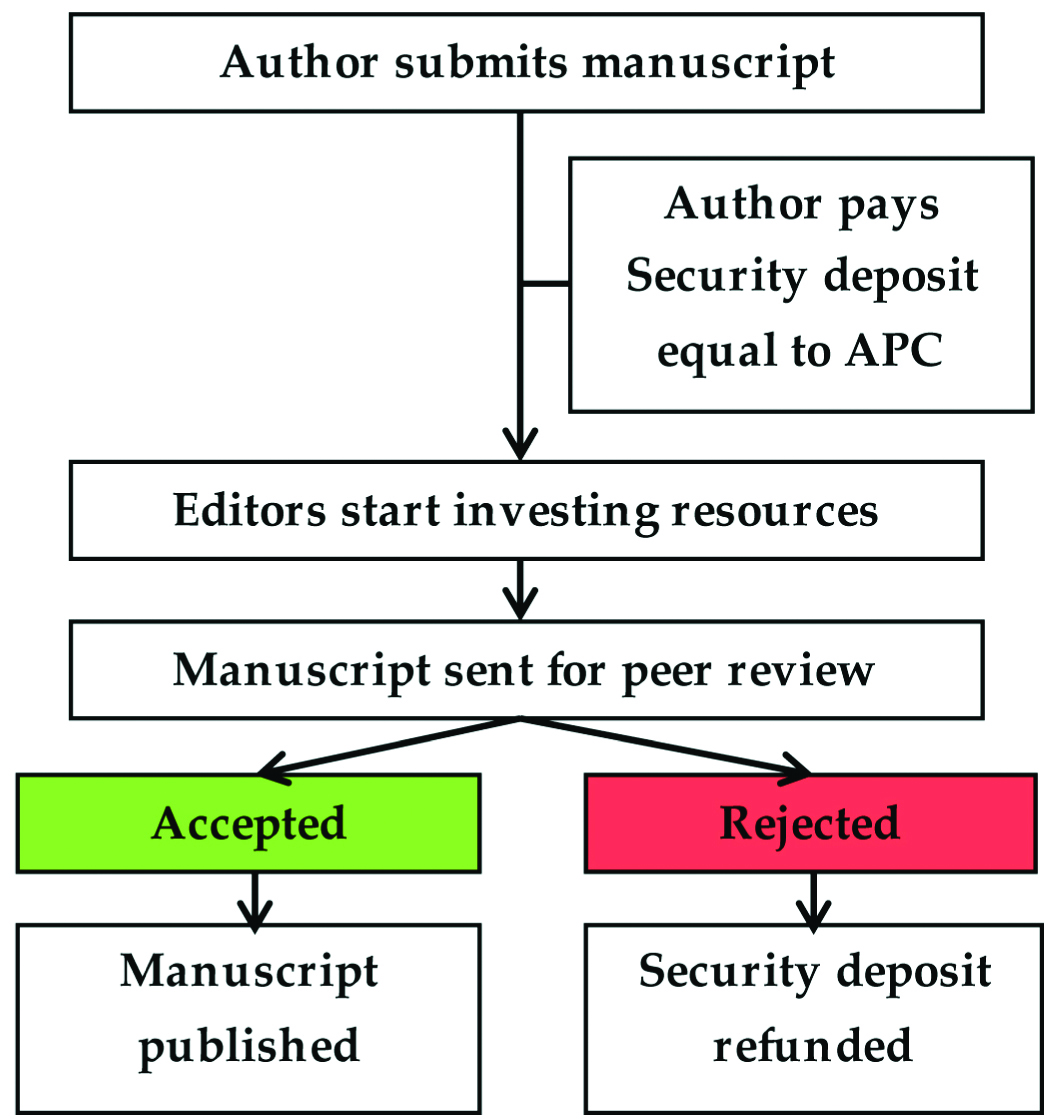Comment on the Editorial-Naive or Caper: Author Behaviour
Sarika Mondal1
1 Freelance Medical Writer, Medical Education and Research Foundation, Kolkata, West Bengal, India.
NAME, ADDRESS, E-MAIL ID OF THE CORRESPONDING AUTHOR: Mrs. Sarika Mondal, LIC Para, High Land, Nabapally, Barasat, Kolkata, West Bengal, India.
E-mail: sarikaceo@gmail.com
Dear Editor,
I read an interesting editorial by Das S et al., in your journal [1]. The experience shared in the article would surely help other editors. In the article, there is an innovative proposal of making a “predatory author” list. Hope it would be a reality soon and a dedicated website or at least a blog would be created by you with the names of “predatory authors” and case details. This resource can be accessed by other interested internet users too.
You pointed out that the “editorial work” has became a profession now. Would you please agree with me that publishing a journal is a business? Here I explain my point. A team start a journal with editors and peer-reviewers. Authors provide raw material. Peer-reviewers and editors polish the raw material and publish it. The team sells the journals and earn money. As the sale is not so impressive, the team charges the author or the raw material provider a charge. In return, authors get academic credit and promotion. Now, in this business model, you can easily prevent the “predatory authors” to use your valuable resource (polishing the article). That would even save you from investing your time in maintaining the list of “predatory authors.”
The concept of this publishing model is an adaptation of a model used during admission of a student in an institution. When a student gets admitted in a college with a subject having practical classes, the college takes lump sum amount as caution-money. If someone breaks any instrument, the amount is taken from the caution-money by the institute. Other students, who do not owe any money from the institution, get their caution-money back. Why journals don’t take this model for securing their resources? The model is explained in [Table/Fig-1]. This would not affect the author or the journal, but would save the journal from the “predatory authors”.
A method of manuscript handling by journal editors.
APC: Article processing charge

Author Declaration:
Financial or Other Competing Interests: No
Was informed consent obtained from the subjects involved in the study? NA
For any images presented appropriate consent has been obtained from the subjects. NA
PLAGIARISM CHECKING METHODS: [Jain H et al.]
Plagiarism X-checker: Jul 15, 2019
Manual Googling: Jul 26, 2019
iThenticate Software: Sep 21, 2019 (3%)
[1]. Das S, Jain H, Naive or caper: Author behaviourJournal of Clinical and Diagnostic Research 2019 13(7):AB01-AB02.10.7860/JCDR/2019/19366.13033 [Google Scholar] [CrossRef]